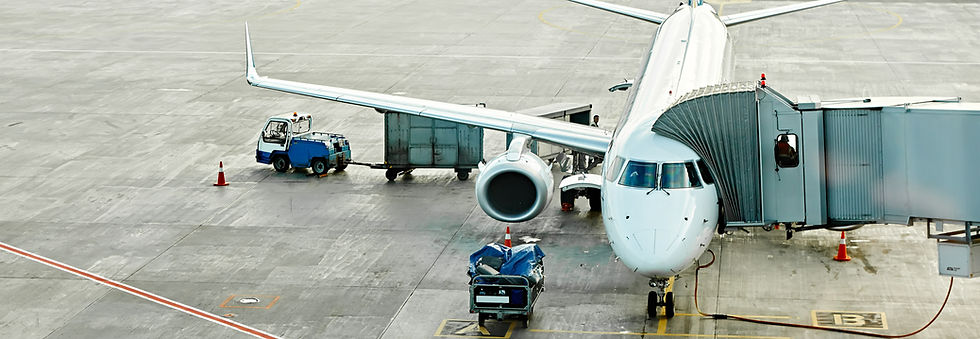
Rear-Facing Car Seat Policies
The Federal Aviation Administration and Transport Canada permit rear-facing car seats on all of their operating aircrafts. Keep in mind, your car seat must be approved for aircraft use, and in a permitted aircraft seat (i.e not in an aisle, exit row, or some first class cabins).
But did you know that these rules don’t apply for international airlines?
Here are some popular international carriers that prohibit rear-facing car seats, or have rear-facing car seat restrictions. For more information, or to learn about an air carrier that is not listed below, please visit the airlines website directly or contact their customer service with questions.
-
Air Asia “The restraint device shall not be installed with the aircraft seat belt over the child and the device itself.” (Limiting most infant carriers without the base)
-
British Airways “The child in the car seat must face the same direction as the aircraft seat to which it is secured.”
-
KLM “During take-off and landing child seats may be secured in a rear facing position. At cruising altitude they must be placed forward facing to allow recline of the seat in front.”
-
Virgin Atlantic “Rear facing car seats are not allowed.”
-
Cathay “Rear-facing child restraint seats are also permitted if the use of such seat will not cause any impact on other passengers’ comfort. You should contact our Customer Care to request for an assigned seat.”
-
Emirates “Only infants weighing less than 10kg (22lb) can use both forward‑facing and rear‑facing car seats. If rear facing, it must be installed in a bulk head seat.”
-
Eithad “Rearward facing seats are restricted to infants from 0 to six months weighing less than 10kg and are only allowed in First or Business cabins”
-
Qatar “Car Seat on board Qatar Airways aircraft will be allowed for infants and children in the age group 6 months to 36 months only”
